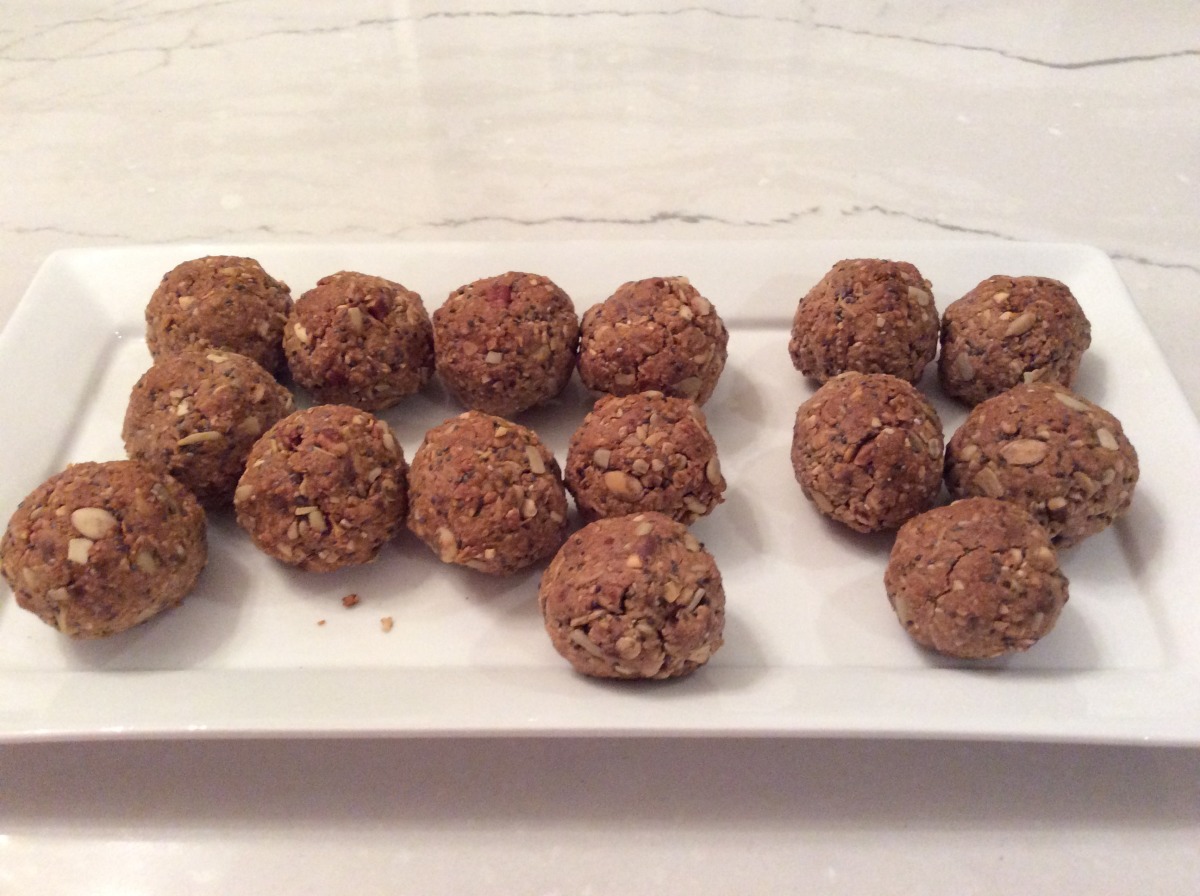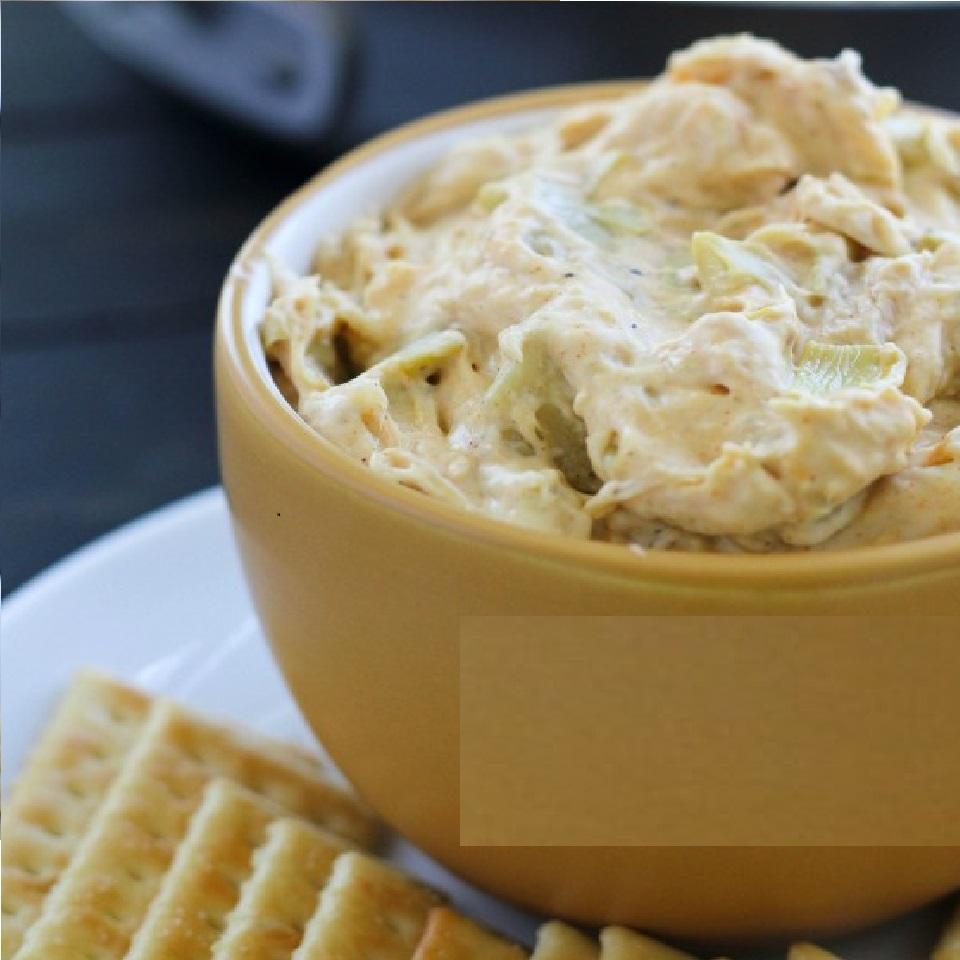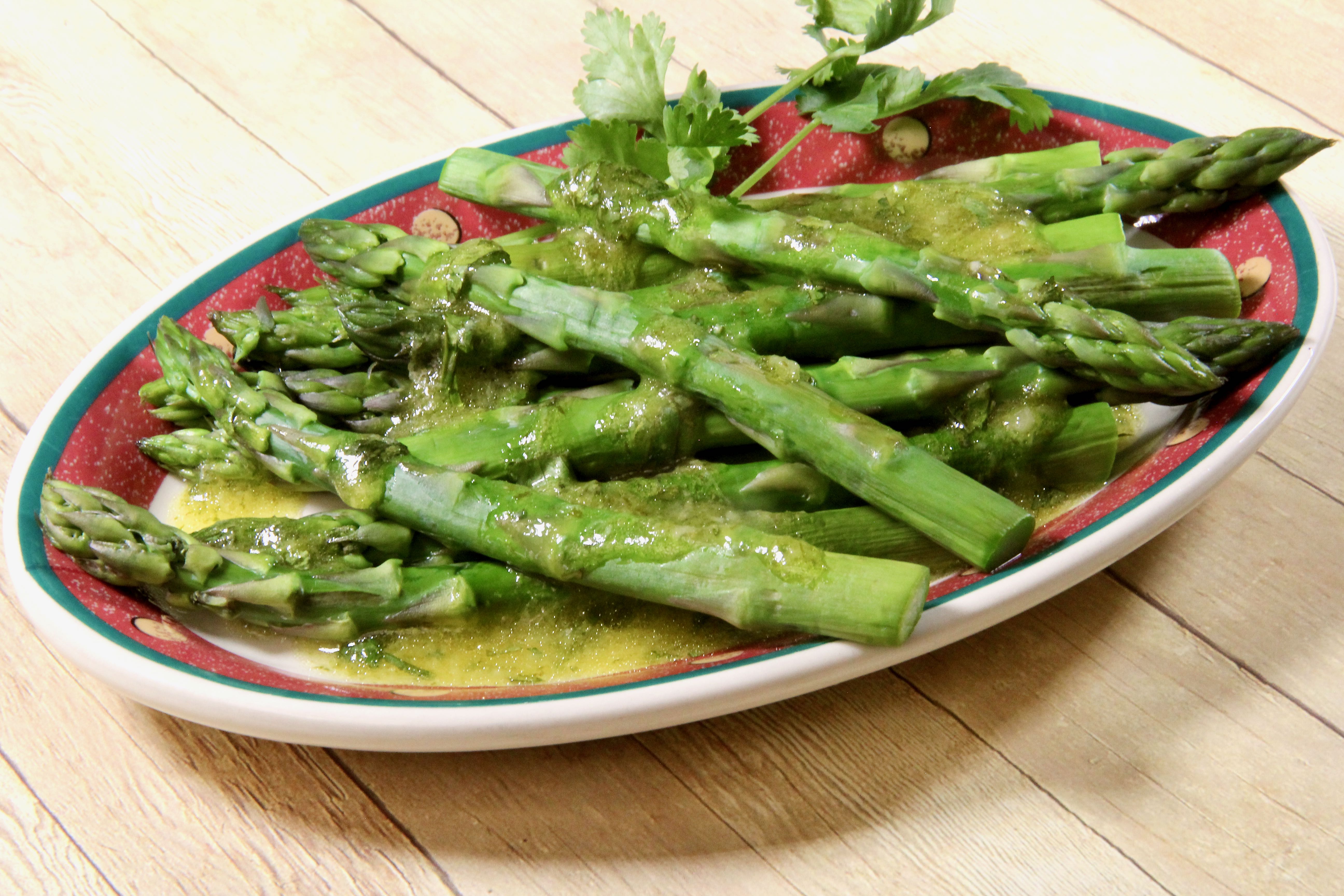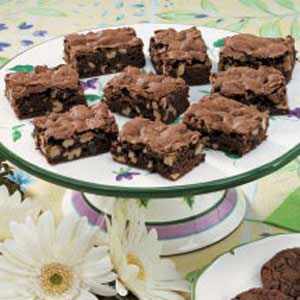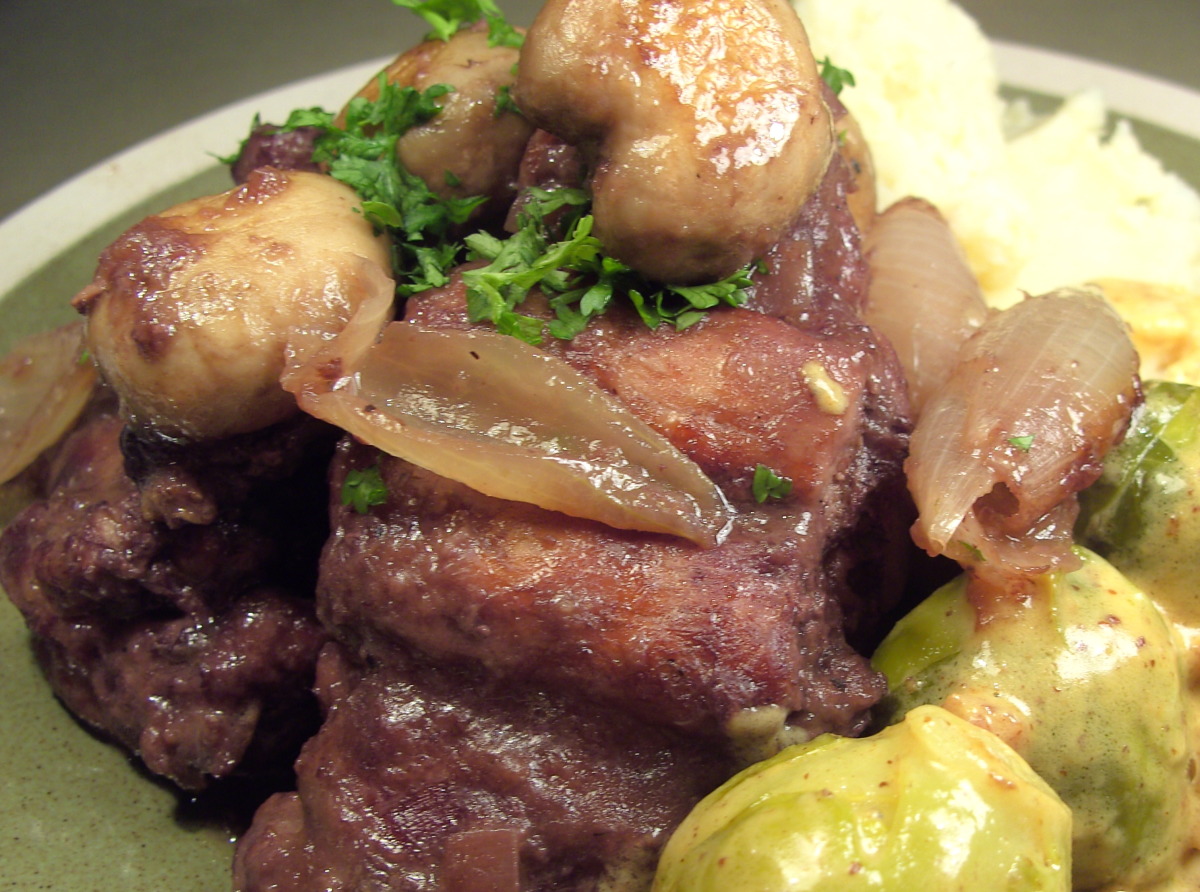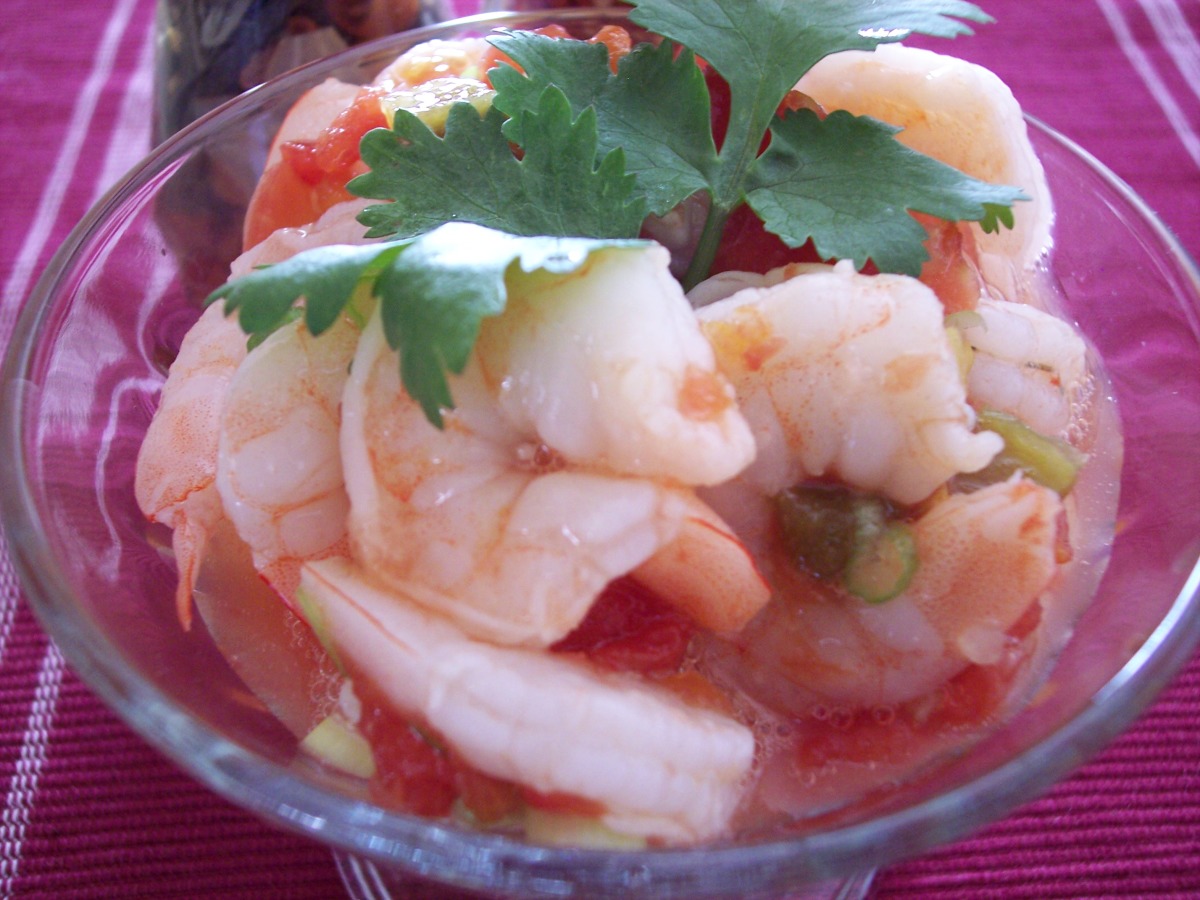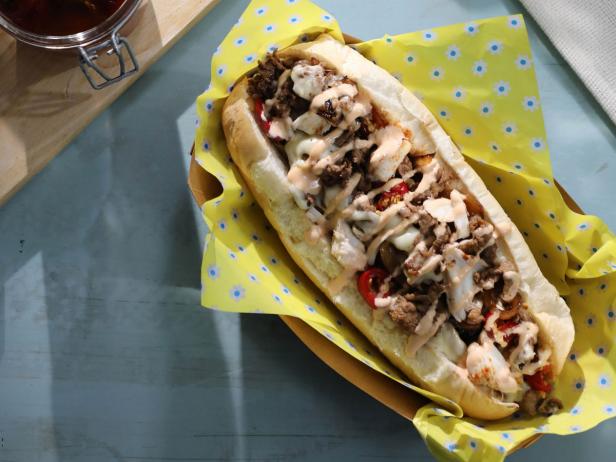**Savor the Delight of Zuni Hamburgers: A Culinary Journey Through History and Taste**
In the heart of San Francisco's culinary scene, Zuni Cafe has etched its name in the annals of gastronomy with its iconic Zuni Hamburgers. These burgers are not just a meal; they are a testament to the artistry of Chef Judy Rodgers, who elevated the humble burger to a symphony of flavors. Our comprehensive guide takes you on a culinary journey, unraveling the secrets behind the Zuni Hamburgers' legendary status. Discover the perfect balance of beef, bacon, and cheese, all nestled between toasted Acme bread. Embark on a flavor expedition with our meticulously curated recipes, including the classic Zuni Burger, the vegetarian Zuni Veggie Burger, and the tantalizing Zuni Burger with Caramelized Onions. Each recipe is a culinary masterpiece, promising an explosion of flavors that will leave your taste buds dancing. Welcome to the world of Zuni Hamburgers, where every bite is a celebration of culinary excellence.
ZUNI HAMBURGERS
These burgers are the specialty of the house at the Zuni Cafe in San Francisco. The restaurant's chef and owner, Judy Rodgers, shared the recipe with us.
Provided by Martha Stewart
Categories Food & Cooking Ingredients Meat & Poultry Beef Recipes
Number Of Ingredients 6
Steps:
- Cut meat into 1-inch strips, and place in a medium bowl. Toss with salt, cover loosely with plastic wrap, and refrigerate for 18 to 24 hours.
- Assemble a meat grinder with a 3/16-inch die and a sharp knife. Refrigerate grinder until thoroughly chilled (this will ensure proper texture and flavor).
- Pass meat through the grinder twice. On the first pass, pay special attention that the meat is emerging cleanly and evenly. If it isn't, turn the grinder off immediately, and remove and clean the blade and knife. Reinstall and finish grinding the meat. As an alternative to grinding the meat, you can finely chop it by hand or in a food processor with a very sharp blade, however, this will result in a more fragile burger.
- Working quickly, divide beef into four portions, and form into 3/4-inch-thick patties. Press patties a bit thinner in the center; the meat shrinks as it cooks and the patties will emerge an even thickness only if they start out thinner in the center. The patties may be made ahead up to this point and refrigerated, loosely covered, up to 12 hours ahead.
- To cook the hamburgers on the stovetop: Choose a skillet (preferably cast-iron) not much larger than will hold the patties. Heat the pan over medium heat until the meat sizzles on contact. Cook until golden brown, about 3 minutes per side. Reduce heat to medium-low, and continue to cook, flipping patties twice, 4 minutes more for medium-rare. Remove from heat, and let rest for 2 to 3 minutes before serving.
- Serve on foccacia with aioli and lettuce; serve pickles on the side.
RED ONION PICKLES
These pickles make a great accompaniment to the famous Zuni Hamburgers served at the Zuni Cafe in San Francisco. The restaurant's chef and owner, Judy Rodgers, shared the recipe with us.
Provided by Martha Stewart
Categories Food & Cooking Ingredients Vegetables
Yield Makes about 2 pints
Number Of Ingredients 10
Steps:
- To make the brine: In a medium saucepan, combine vinegar, sugar, cinnamon, cloves, allspice, dried chili, star anise, bay leaves, and peppercorns. Bring to a boil. Reduce to a simmer, cover, and cook for 3 minutes. Turn off heat, and let stand until cool to allow the spices to infuse the brine.
- Peel onions, trim ends, and slice 3/8 inch thick. Separate the slices into rings, discarding any green sprouts and thin, leathery outer rings.
- Uncover the brine, and bring to a boil over high heat. Immediately add about one-third of the onion rings, and stir. They should turn hot pink almost immediately. As soon as the brine begins to simmer, about 20 seconds, stir them again, and remove from the heat. Using a slotted spoon or tongs, immediately remove the onions and spread on a baking sheet to cool. The onions should still be firm. Repeat with remaining onions, in two batches.
- Once the onions have cooled, repeat the entire process in step three, exactly as above, and cooling between batches, twice more. After the third round of blanching, chill the brine, and then add the pickled onions. This process saturates the onions with fragrant brine without really cooking them, and guarantees that the color sets to a fuscia pink.
- Transfer to sterilized jars, cover, and store, refrigerated, for up to 3 months.
Tips:
- Use high-quality ground beef: The quality of the beef is essential for making a great hamburger. Look for ground chuck or sirloin, which has a good balance of fat and lean meat.
- Season the beef simply: Salt and pepper are all you need to season the beef. Don't add any other spices or herbs, as they will overpower the flavor of the meat.
- Form the patties gently: Don't overwork the beef when you're forming the patties. Just mix the ingredients together until they are evenly combined, then shape them into patties that are about 1 inch thick.
- Cook the burgers over medium heat: Cooking the burgers over medium heat will help them cook evenly throughout without burning the outside.
- Use a meat thermometer: The best way to tell if the burgers are cooked to your liking is to use a meat thermometer. Insert the thermometer into the thickest part of the burger and cook until it reaches an internal temperature of 160 degrees Fahrenheit for medium-rare, 165 degrees Fahrenheit for medium, or 170 degrees Fahrenheit for well-done.
- Let the burgers rest before serving: Let the burgers rest for a few minutes before serving. This will help the juices redistribute throughout the burger, making it more flavorful and juicy.
Conclusion:
Zuni Hamburgers are a delicious and classic American dish. By following these tips, you can make sure that your Zuni Hamburgers are cooked perfectly and are full of flavor. Whether you're cooking them for a backyard barbecue or a weeknight dinner, Zuni Hamburgers are sure to be a hit.
Are you curently on diet or you just want to control your food's nutritions, ingredients? We will help you find recipes by cooking method, nutrition, ingredients...
Check it out »
You'll also love






